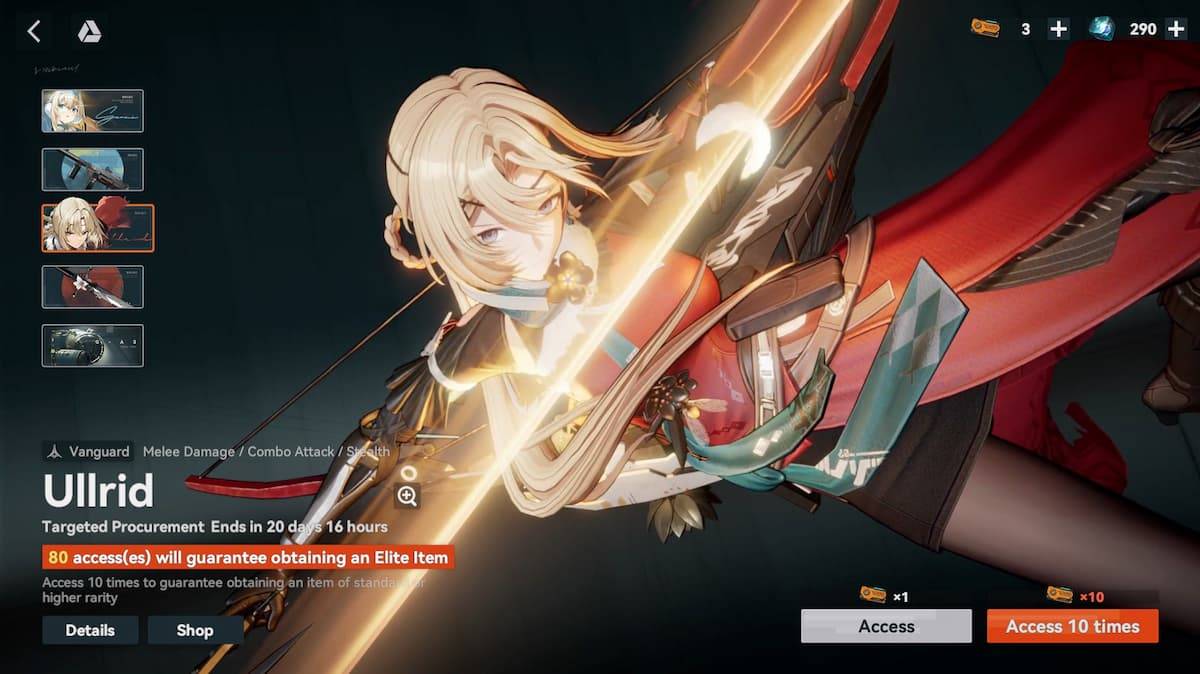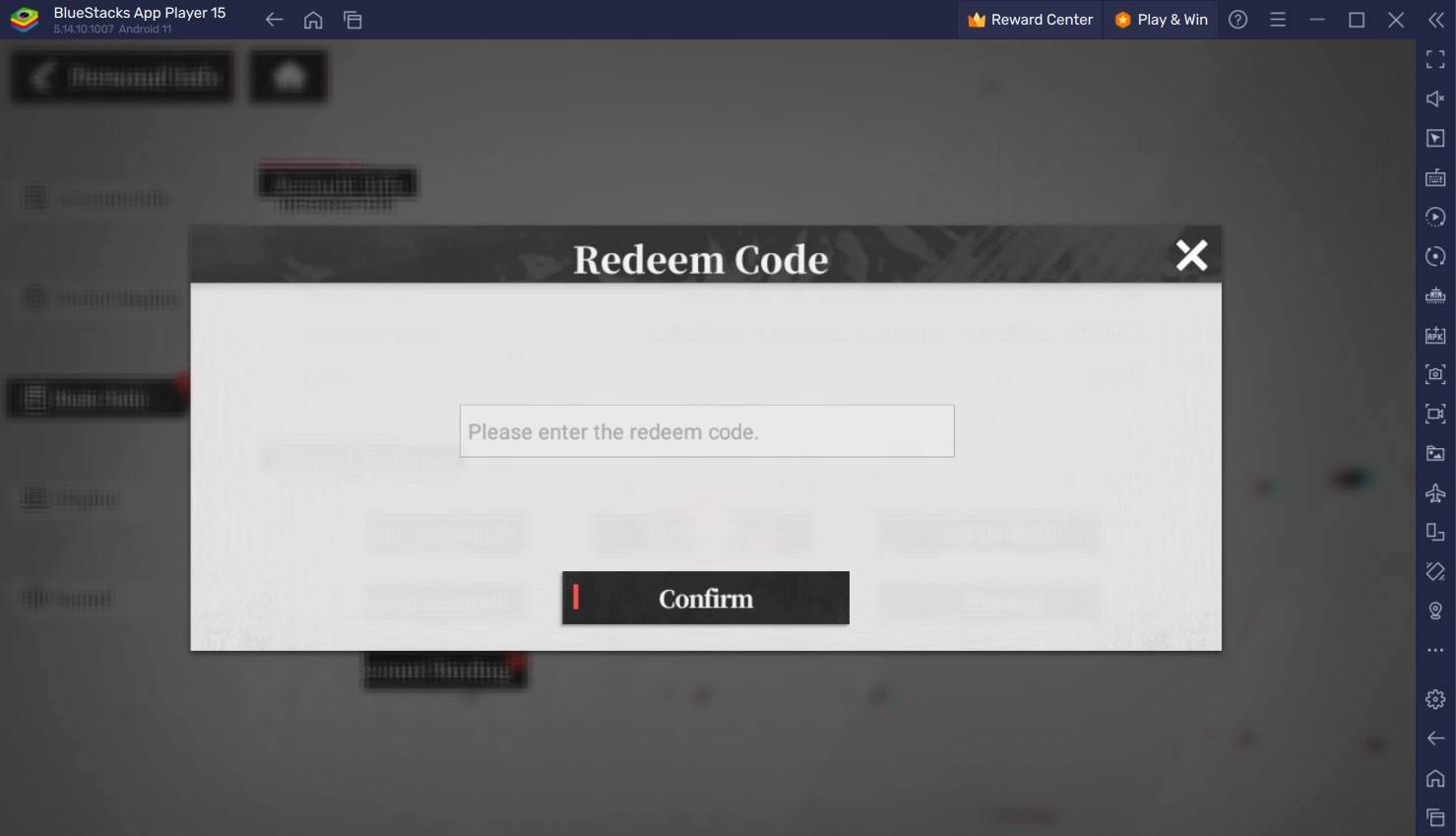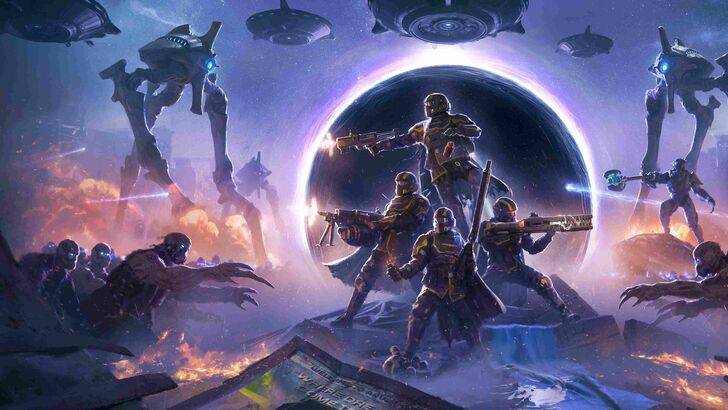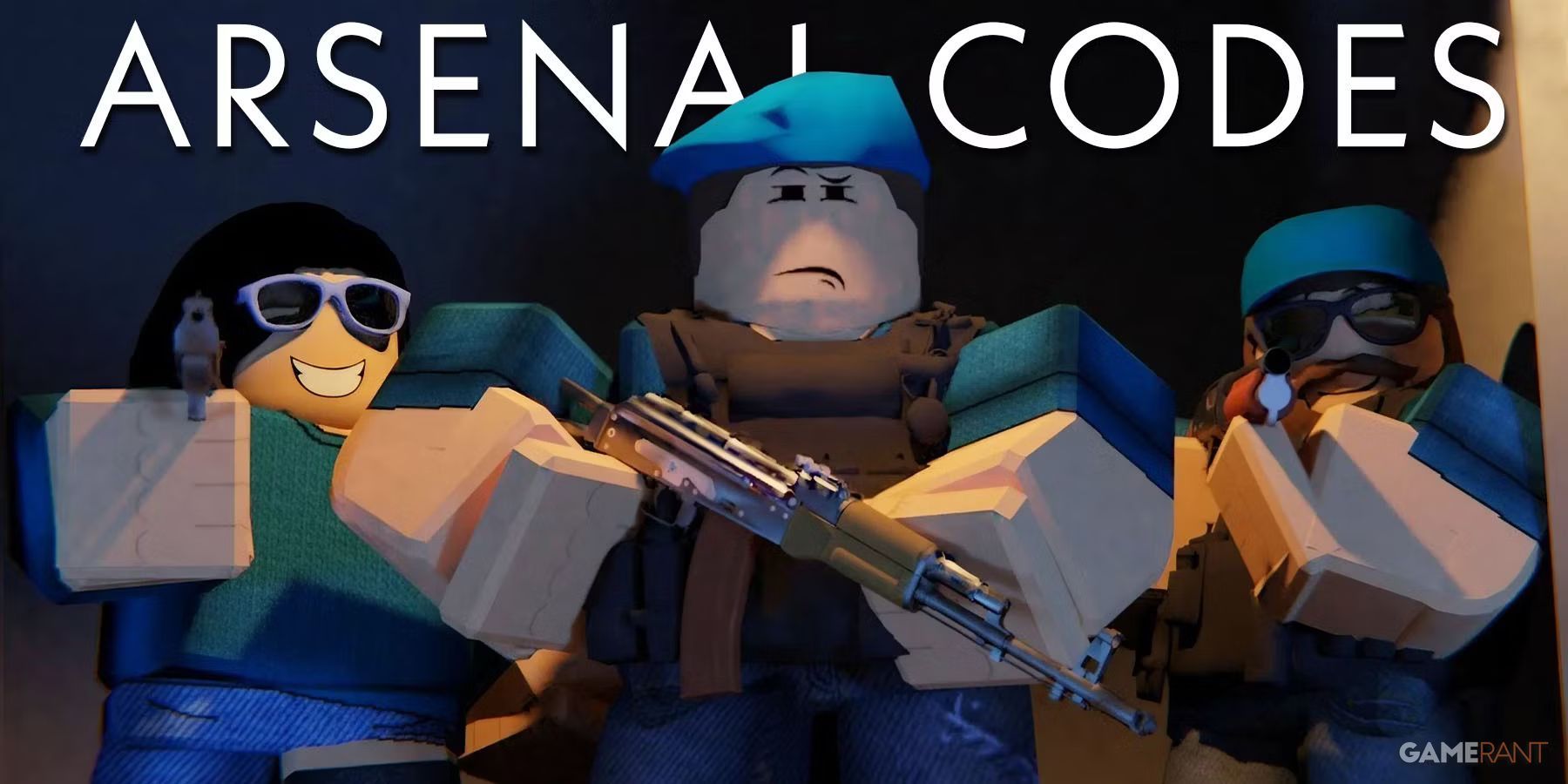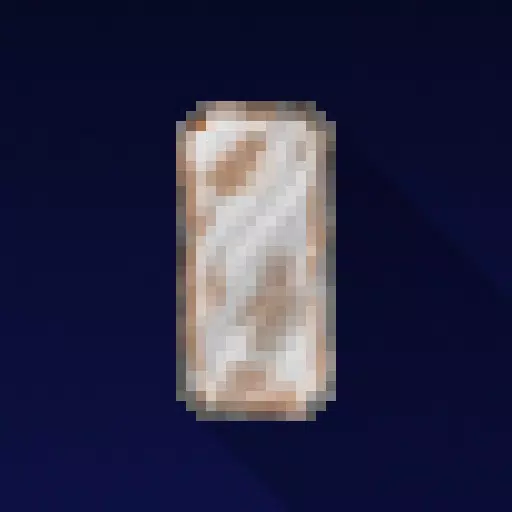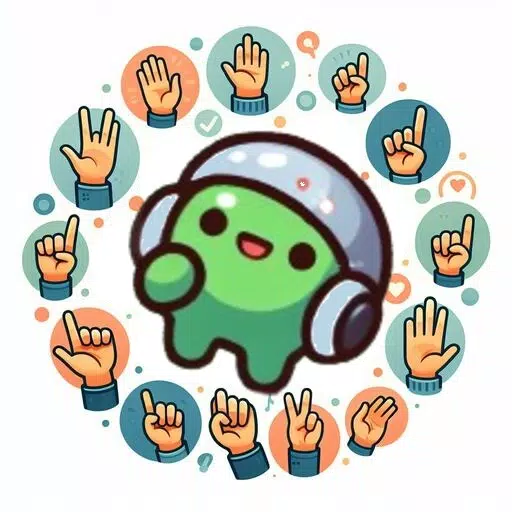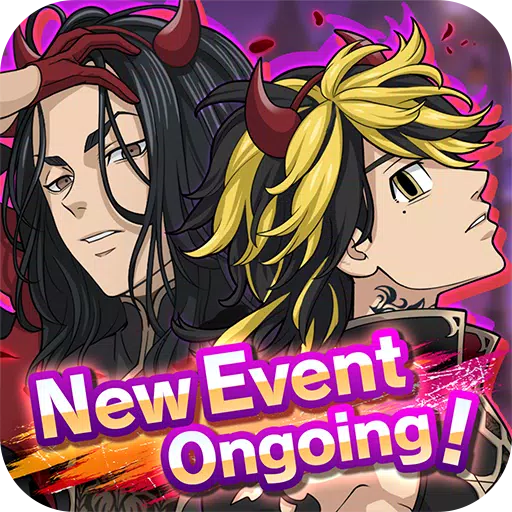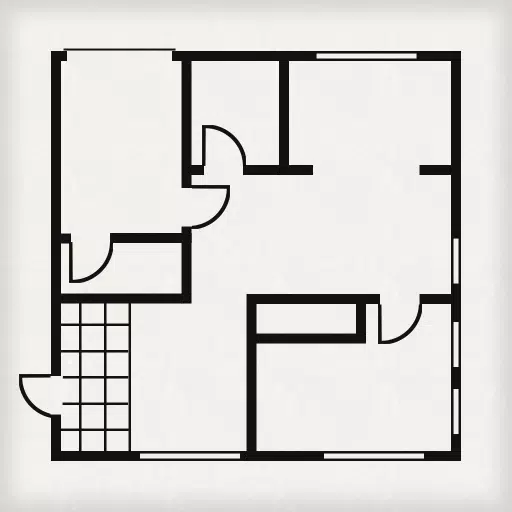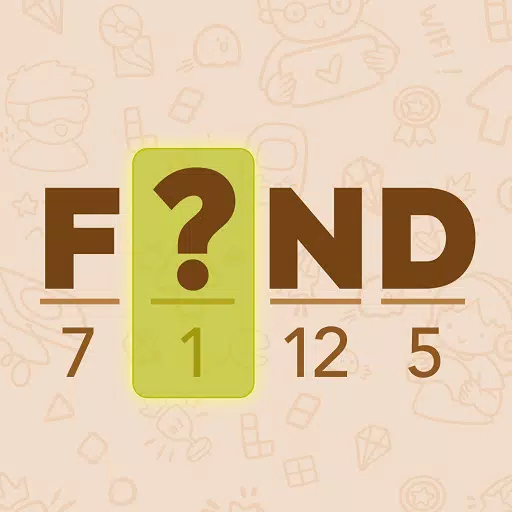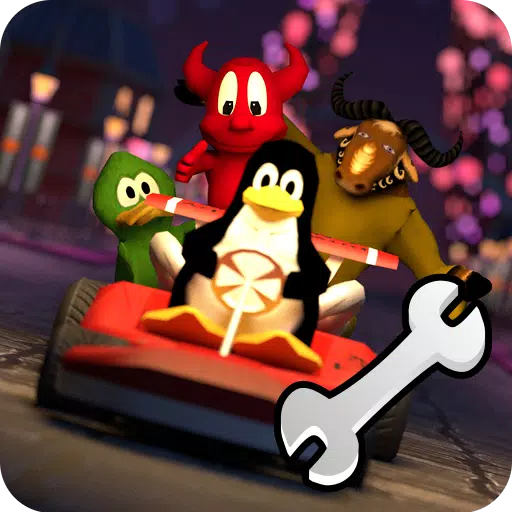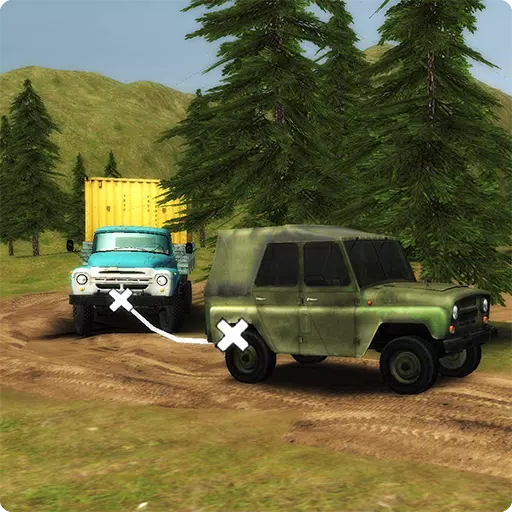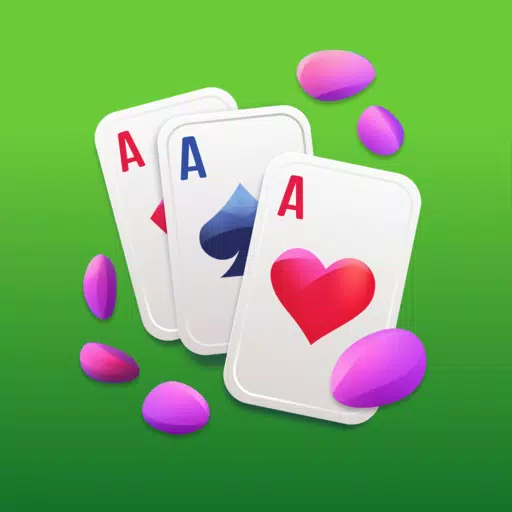Minecraft's Legendary Journey: The Complete Story
Minecraft stands today as one of the most iconic and widely played video games in history. Yet, behind its global success lies a compelling story filled with innovation, perseverance, and community-driven growth. From humble beginnings to becoming a cultural phenomenon, Minecraft has redefined what it means to be a sandbox game and reshaped the gaming industry forever.
Table of Contents
- Idea and First Implementation
- Active Audience Recruitment
- Official Game Release and International Success
- Version Chronology
Idea and First Implementation
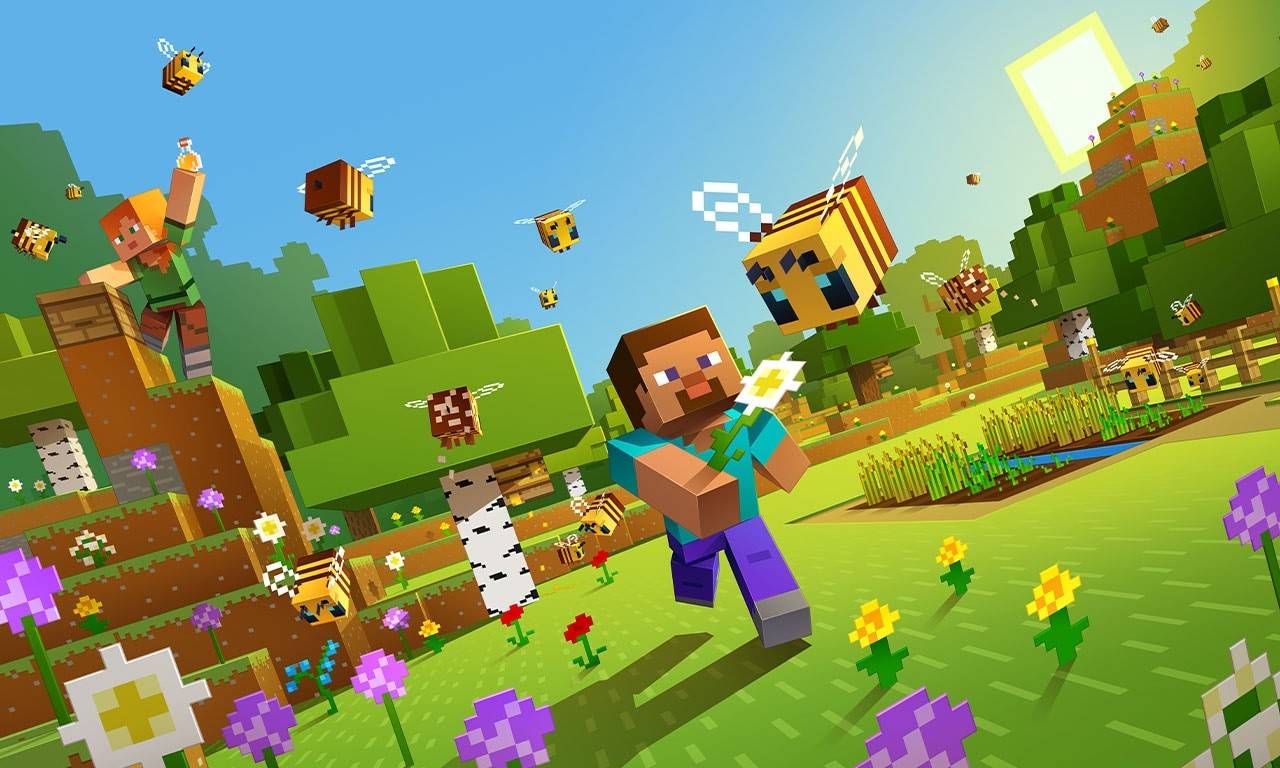
Image: apkpure.cfd
The origins of Minecraft trace back to Sweden in 2009, where programmer Markus Persson—widely known by his online alias "Notch"—began working on what would later become a revolutionary title. In interviews, Notch has cited inspiration from several classic games such as Dwarf Fortress, Dungeon Keeper, and Infiniminer. His vision was simple yet ambitious: create a world where players could freely build, explore, and shape their own experiences.
On May 17, 2009, the first playable version of Minecraft was released. This early alpha version was developed during a break from Notch's work at King.com. The initial launch was hosted via a dedicated game launcher, offering a lightweight pixel-art sandbox experience that immediately caught the attention of curious gamers.
Its open-ended gameplay quickly captivated early adopters, laying the foundation for what would soon become a massive player base.
Also read: Minecraft journey in invisible form: an overview of the invisibility elixir
Active Audience Recruitment

Image: miastogier.pl
As word spread across forums, blogs, and social media, Minecraft’s popularity grew organically. Gamers shared screenshots, videos, and stories of their creations, fueling interest and drawing more players into the blocky universe. By 2010, the game entered beta development, marking a significant step forward in its evolution.
To fully commit to developing the game, Notch founded Mojang Studios—a decision that allowed him to focus entirely on refining Minecraft and expanding its features. The game’s unique mechanics, especially the introduction of Redstone (a material enabling complex circuitry and mechanisms), became a major draw for creative players.
What started as a passion project rapidly evolved into a movement. Players began building detailed replicas of real-world structures, entire cities, and even functioning computers within the game—proving that Minecraft was more than just entertainment; it was a platform for limitless creativity.
Official Game Release and International Success

Image: minecraft.net
The official release of Minecraft 1.0 arrived on November 18, 2011, marking a milestone in its journey. By this time, the game had already amassed millions of players worldwide. Its thriving community was actively creating mods, custom maps, and educational tools—further solidifying its place in both casual and serious gaming spaces.
In 2012, Mojang expanded Minecraft's reach by launching versions for consoles like Xbox 360 and PlayStation 3. This move introduced the game to a broader audience, particularly among children and teenagers who embraced its creative potential with enthusiasm.
Beyond entertainment, Minecraft also found a home in classrooms and educational programs. Teachers began using the game to teach subjects like math, architecture, and programming—thanks to the eventual release of Minecraft: Education Edition.
Version Chronology
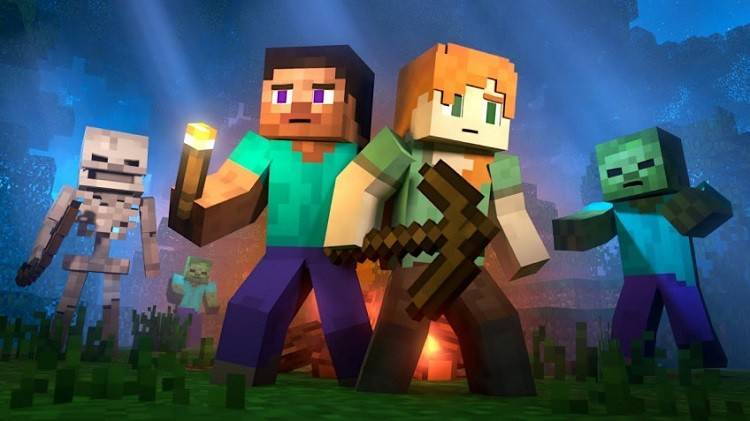
Image: aparat.com
Since its initial release, Minecraft has been adapted for a wide range of platforms. Below is a summary of key versions and their features:
| Name | Description |
|---|---|
| Minecraft Classic | The original free version of Minecraft. |
| Minecraft: Java Edition | Lacks cross-platform play capability. Includes Bedrock Edition support on PC. |
| Minecraft: Bedrock Edition | Supports cross-platform play across all Bedrock devices. Includes Java support on PC. |
| Minecraft Mobile | Cross-platform functionality with other Bedrock editions available. |
| Minecraft for Chromebook | Available exclusively for Chromebook users. |
| Minecraft for Nintendo Switch | Includes the Super Mario Mash-up pack as part of the exclusive offer. |
| Minecraft for PlayStation | Offers cross-platform play with other Bedrock versions. |
| Minecraft for Xbox One | Partially includes Bedrock Edition; no longer receiving new updates. |
| Minecraft for Xbox 360 | Support ended after the Aquatic Update. |
| Minecraft for PS4 | Partially includes Bedrock Edition; no longer receives updates. |
| Minecraft for PS3 | Support has been discontinued. |
| Minecraft for PlayStation Vita | Support has been discontinued. |
| Minecraft for Wii U | Includes off-screen gameplay functionality. |
| Minecraft: New Nintendo 3DS Edition | Support has been discontinued. |
| Minecraft for China | Exclusive availability limited to the Chinese market. |
| Minecraft Education | Designed for use in schools, camps, and educational clubs. |
| Minecraft: Pi Edition | Created for educational purposes, runs on Raspberry Pi hardware. |
Conclusion
Minecraft's journey is far more than the story of a successful game—it's a testament to the power of creativity, community, and innovation. Today, Minecraft is not just a game but a global ecosystem encompassing YouTube content creators, competitive building events, merchandise lines, and educational initiatives. Mojang continues to support the game with regular updates, introducing new biomes, characters, and gameplay features to keep the experience fresh and engaging for both veterans and newcomers alike.
From a single developer's idea to a worldwide phenomenon, Minecraft remains a shining example of how imagination can shape digital culture for generations to come.
Latest Articles


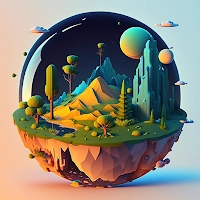


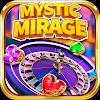


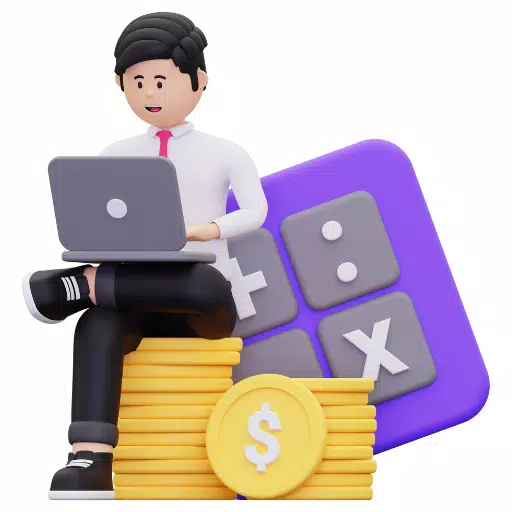
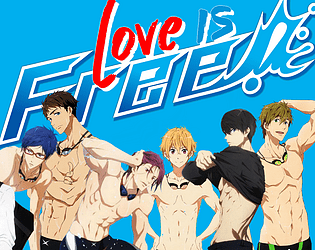
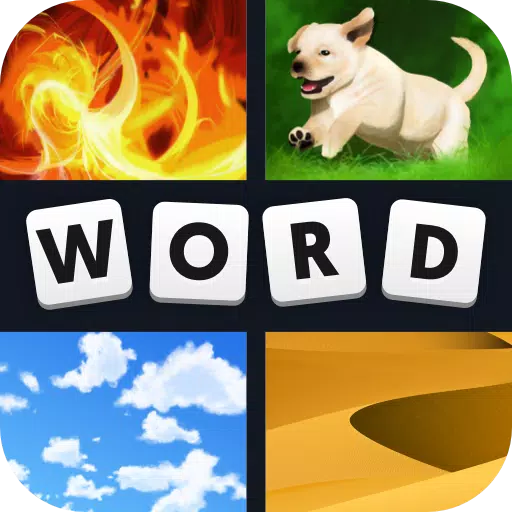
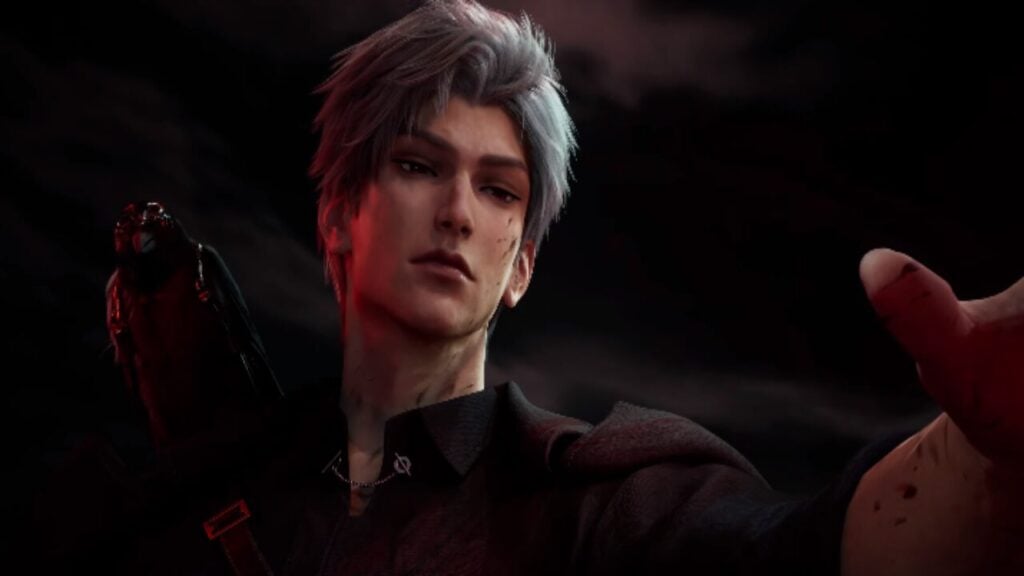
![Roblox Forsaken Characters Tier List [UPDATED] (2025)](https://images.dyk8.com/uploads/18/17380116246797f3e8a8a39.jpg)
